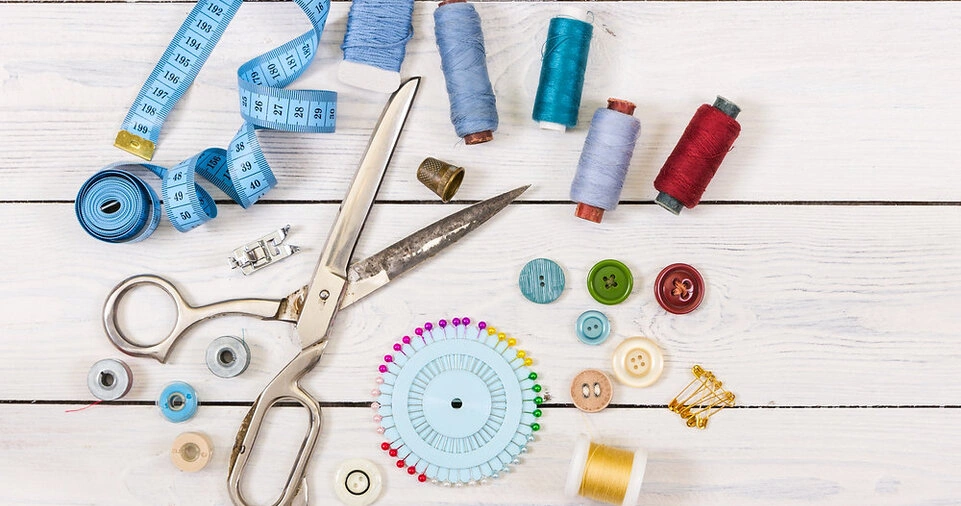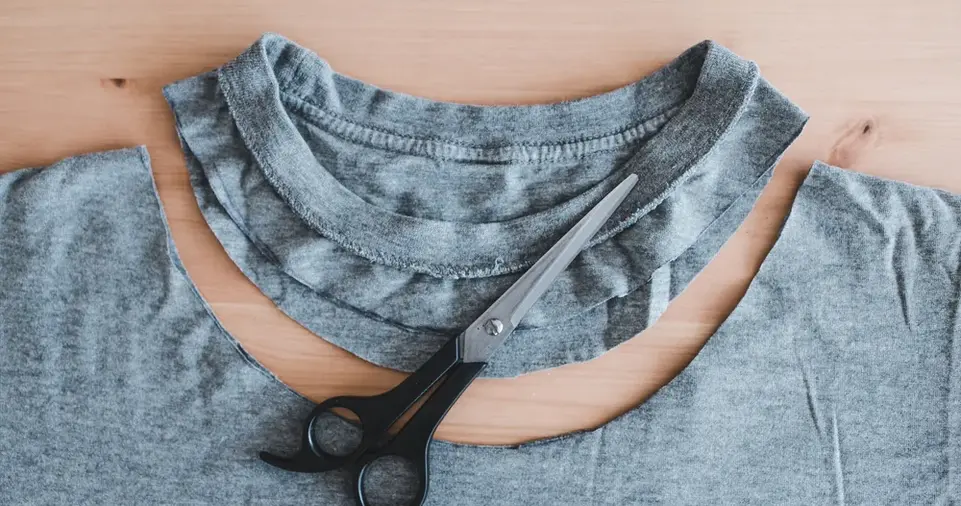Fashion is one of the most powerful forms of self-expression. The way we dress reflects our personality, creativity, and uniqueness.
While ready-made clothes offer convenience, nothing compares to the satisfaction of wearing something you’ve designed and created yourself.
Custom fashion pieces allow you to showcase your individual style, ensuring that your wardrobe is as unique as you are.
Whether you want to design a full outfit from scratch, upcycle old clothes, or simply add custom elements to store-bought garments, the process is both fun and rewarding.
Creating custom fashion pieces involves a blend of creativity, technical skills, and a good eye for design.
With the right materials, tools, and inspiration, anyone can start designing their own clothing.
In this detailed guide, we will walk you through every step of the process, from brainstorming your ideas to putting the final touches on your masterpiece.
Whether you’re a beginner or an experienced designer, this guide will help you turn your fashion visions into reality.
Step 1: Define Your Style and Inspiration
Why Style and Inspiration Matter
Before you start designing, it’s important to understand your personal style and gather inspiration.
This helps ensure that your custom pieces align with your fashion preferences and aesthetic goals.
Inspiration can come from anywhere—fashion magazines, social media, street styles, or even nature.
Taking the time to research and gather ideas will make the design process smoother and more enjoyable.
How to Find Inspiration for Your Custom Fashion
- Look at Fashion Trends – Browse fashion magazines, Pinterest, and Instagram for trending styles and unique ideas.
- Explore Different Eras – Vintage fashion can offer incredible design ideas. Look at styles from the 70s, 80s, or 90s for inspiration.
- Create a Mood Board – Collect images, color swatches, patterns, and textures that resonate with your vision.
- Identify Your Favorite Fabrics and Colors – Think about the materials and color schemes that best suit your personality and lifestyle.
- Consider Your Lifestyle Needs – Your custom clothing should fit your daily activities, whether casual, formal, or streetwear.
Step 2: Gather Your Materials and Tools

Essential Materials for Custom Fashion Pieces
Once you have a clear vision, it’s time to gather the necessary materials.
Choosing high-quality fabrics and accessories will ensure that your final product looks polished and professional.
Fabrics
- Cotton – Perfect for casual and breathable outfits.
- Denim – Great for jackets, jeans, and skirts.
- Silk – Ideal for elegant, formal pieces.
- Linen – Lightweight and great for summer clothing.
- Wool – Warm and cozy for winter apparel.
Sewing Tools
- Measuring tape – For accurate body measurements.
- Fabric scissors – To cut materials precisely.
- Sewing machine – Speeds up the stitching process.
- Needles and threads – Essential for hand-sewing details.
- Pins and chalk – Helps in marking patterns and adjustments.
Custom Accessories
- Buttons, zippers, and hooks for fastening.
- Embroidery kits for adding personalized patterns.
- Fabric paint for hand-painted designs.
- Rhinestones, studs, or lace for decorative touches.
Step 3: Sketch Your Designs
Why Sketching is Important
Sketching your ideas helps bring your vision to life before you start working with fabrics.
Even if you’re not a professional artist, a rough sketch will serve as a blueprint for your design.
How to Sketch Your Custom Fashion
- Start with Basic Outlines – Draw a rough outline of the garment, focusing on the main shape.
- Add Details – Include patterns, textures, seams, and decorative elements.
- Use Digital Tools – If you prefer, use Adobe Illustrator or Procreate for a more refined look.
- Label Important Features – Indicate fabric type, measurements, and design notes.
- Create Multiple Versions – Experiment with different variations to find the best look.
Step 4: Create or Customize Your Clothing
Option 1: Sewing from Scratch
If you want to create a completely new piece, follow these steps:
- Take Accurate Measurements – Use a measuring tape to record body dimensions.
- Choose a Pattern – Use pre-made sewing patterns or draft your own.
- Cut the Fabric Carefully – Follow the pattern layout and leave room for seams.
- Assemble the Pieces – Use a sewing machine or hand-stitch the garment together.
- Try It On and Adjust – Ensure a perfect fit by making minor modifications.
Option 2: Upcycling and Customizing Old Clothes
If you prefer repurposing existing clothes, try these creative ideas:
- Add Patches – Use fabric patches to personalize your denim jackets or jeans.
- Bleach-Dye or Tie-Dye – Give old clothes a fresh look with bleach or colorful dye.
- Embroidery – Hand-stitch patterns or words to add unique details.
- Cut and Restitch – Convert an oversized shirt into a crop top or a dress.
- Paint on Fabric – Use fabric paint to add hand-drawn graphics.
Step 5: Perfect the Fit

Why Fit Matters
A well-fitted garment enhances comfort and style. Poorly fitted clothing can look unprofessional, so adjustments are crucial.
How to Make Adjustments
- Pin and Mark Problem Areas – Identify loose or tight areas that need changes.
- Reinforce Seams – Strengthen stitching for durability.
- Hem the Edges – Give garments a clean and professional finish.
- Use a Mannequin or Try It On – This helps visualize final adjustments before making permanent changes.
ALSO READ: Baby Cradles: A Comprehensive Guide for B2B Companies in the Baby Products Industry
Step 6: Add the Finishing Touches
Final Enhancements for Your Custom Fashion
- Iron or Steam the Garment – Remove wrinkles for a polished look.
- Add Lining if Needed – Provides comfort and structure.
- Attach Labels – If selling, consider adding a brand label.
- Photograph Your Work – Capture your creation for social media or a portfolio.
Step 7: Show Off Your Work
How to Promote Your Custom Fashion Pieces
- Wear and Style It – Show off your unique fashion in everyday life.
- Share on Social Media – Post on Instagram, TikTok, or Pinterest to gain exposure.
- Sell Online – Use platforms like Etsy or Depop to reach buyers.
- Attend Fashion Events – Display your creations at local fashion shows or pop-up shops.
Conclusion
Designing your own custom fashion pieces is a creative and fulfilling process.
Whether you start from scratch or customize existing garments, the journey allows you to develop new skills, express yourself, and even build a personal brand.
By following this step-by-step guide, you can bring your fashion ideas to life and create a wardrobe that is uniquely yours.
So, gather your materials, sketch your designs, and start crafting your custom fashion today!

